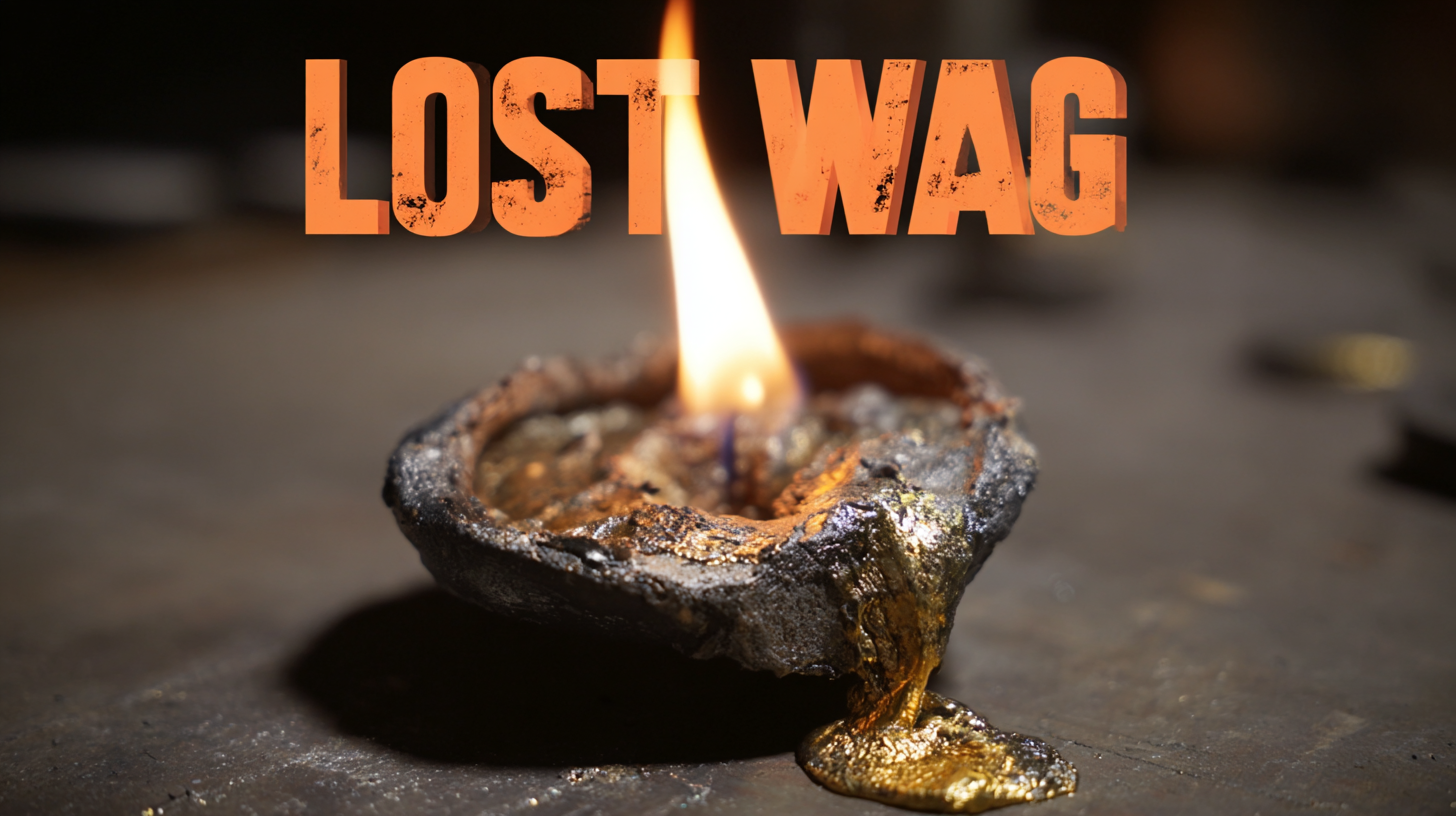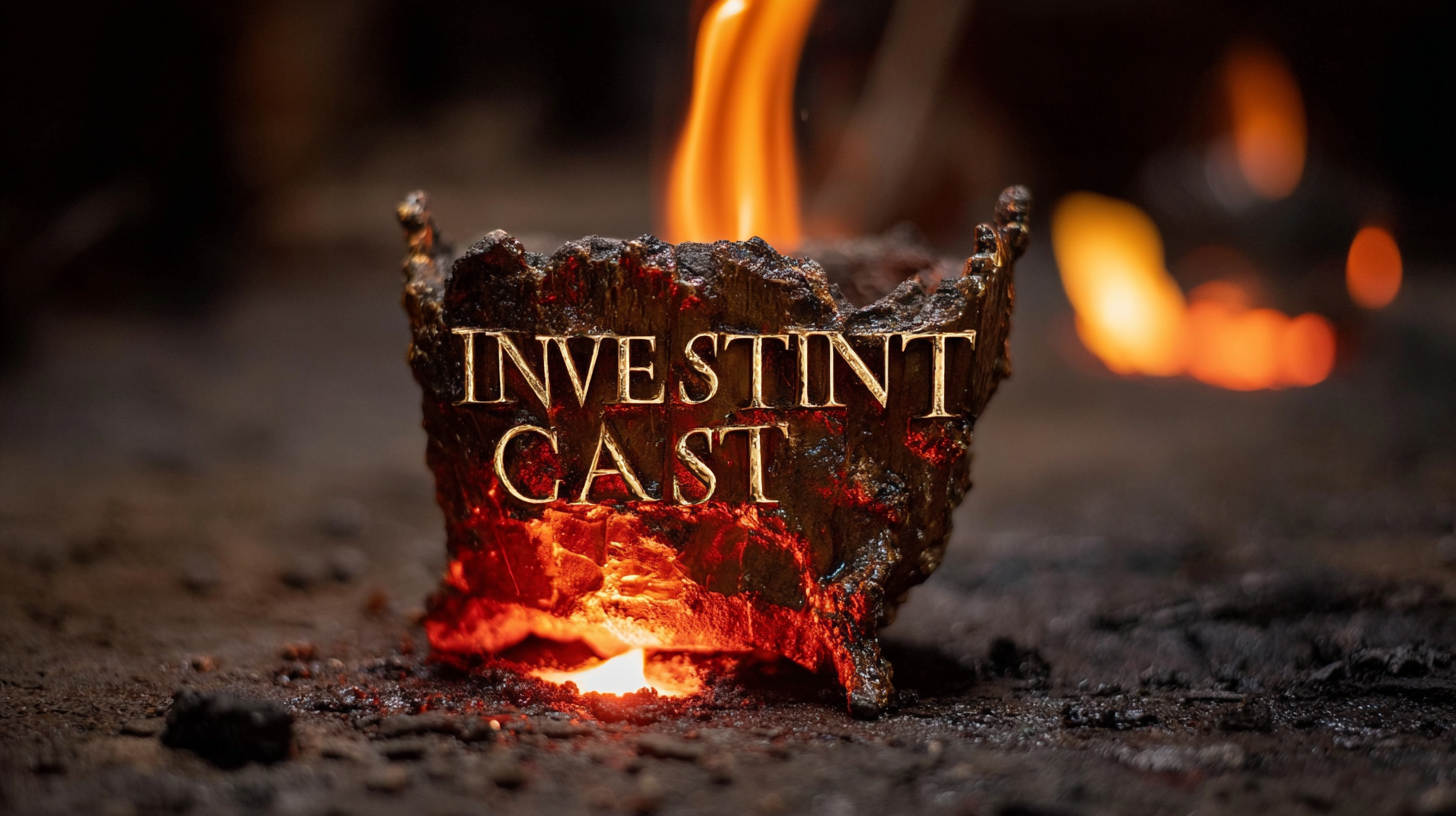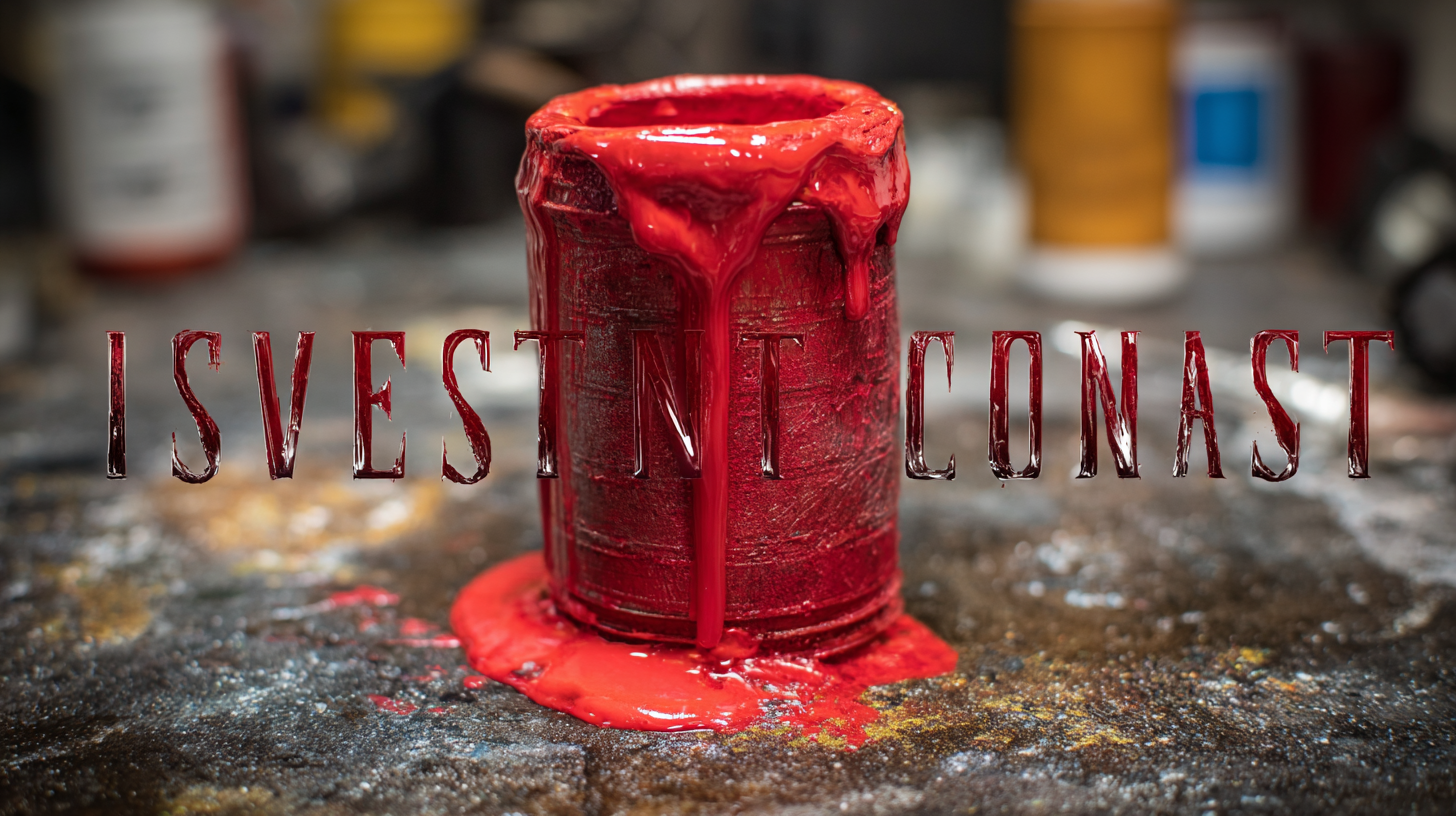 +86 180 0293 5268
+86 180 0293 5268






The investment casting lost wax technique is a time-honored method renowned for producing intricate and high-precision components across various industries, including aerospace, automotive, and industrial machinery. According to a report by Market Research Future, the global investment casting market is expected to reach approximately $28 billion by 2027, driven by the rising demand for lightweight and complex metal parts. As manufacturers continuously seek efficient and cost-effective production methods, exploring alternative approaches to traditional investment casting lost wax techniques has become increasingly imperative.

The traditional investment casting techniques have been widely used for centuries, yet they come with inherent limitations that can impede efficiency and innovation. Key challenges include long lead times, high costs, and difficulties in achieving complex geometries. As industries demand more intricate designs and faster production rates, these conventional methods struggle to keep pace. This gap opens the door for alternative solutions that can overcome the shortcomings of traditional practices.
One such solution lies in the realm of additive manufacturing, which has revolutionized the way intricate parts are produced. This technology enables the creation of complex shapes in a single process, significantly reducing design and manufacturing cycles. As we explore the integration of advanced methods like 3D printing into investment casting, we discover new investment opportunities and applications that can reshape the industry landscape. The synergy between traditional techniques and modern innovations could potentially unlock new markets, paving the way for a more sustainable and efficient future in manufacturing.
| Technique | Advantages | Limitations | Typical Applications |
|---|---|---|---|
| Traditional Lost Wax Casting | High precision, good surface finish | Time-consuming, labor-intensive | Artistic sculptures, jewelry |
| Investment Casting with 3D Printing | Rapid prototyping, complex geometries | Material limitations, potential scaling issues | Aerospace components, medical devices |
| Ceramic Shell Casting | Excellent for high-temperature applications | More brittle materials, complex setup | Automotive parts, turbine blades |
| Lost Foam Casting | No tooling required, less waste | Surface finish may require post-processing | Large industrial parts, automotive components |
The lost wax casting process, a time-honored method in the realm of metallurgy and manufacturing, is undergoing a transformative shift with the introduction of innovative materials. Recent reports indicate that advancements in 3D printing and polymer technologies have significantly improved the precision and fidelity of wax patterns used in this method. According to a 2022 report by the Metal Casting Industry, the integration of advanced polymers has enhanced the durability of wax models by up to 25%, resulting in higher yield rates and reduced material costs.

Furthermore, the use of biodegradable wax alternatives is gaining traction, aligning with global sustainability goals. A study published in the Journal of Materials Science in early 2023 highlighted that replacing traditional wax with eco-friendly alternatives can reduce the environmental impact by 40%, appealing to manufacturers looking to improve their sustainability profile. As the industry embraces these innovations, the efficiency of the lost wax casting process is poised to improve, allowing for more complex geometries without sacrificing integrity.
These developments not only boost productivity but also enable engineers and designers to push the boundaries of creativity in the design process. As the market for custom metal parts continues to grow, driven by sectors such as aerospace and automotive, the evolution of lost wax casting through innovative materials will play a crucial role in meeting the rising demands for quality and efficiency.
Investment casting, particularly through the lost wax technique, has evolved significantly with the advent of emerging technologies. Innovations such as
3D printing, advanced materials, and precision machining are enhancing the accuracy and efficiency of this casting method.
According to a report by MarketsandMarkets, the global investment casting market is projected to reach
$24.65 billion by 2025, growing at a compound annual growth rate (CAGR) of 6.5%.
This growth is largely driven by the rising demand for lightweight components in industries such as aerospace and automotive, where precision is paramount.
One significant advancement is the integration of additive manufacturing into the investment casting process. By using 3D-printed patterns, manufacturers can create complex geometries that traditional methods struggle to achieve.
A study by ASTM International highlights that 3D printing can reduce lead times by up to
80% while maintaining a level of detail that enhances the final product's performance.
Additionally, advancements in software for design and simulation allow for real-time adjustments, leading to reductions in material waste and overall production costs.
As these technologies continue to mature, they promise to redefine the landscape of investment casting, allowing for ever more intricate designs with impeccable precision.

The investment casting industry is experiencing a transformative shift towards sustainability, especially with the implementation of alternative wax casting practices. Traditional methods often rely on petroleum-based wax, which poses significant environmental concerns given the increasing push for eco-friendly manufacturing solutions. Recent studies indicate that transitioning to bio-based waxes can reduce carbon emissions by up to 28%, aligning with global sustainability goals.
Emerging technologies in alternative wax materials are paving the way for more sustainable practices. For instance, plant-derived waxes, such as those sourced from palm or soy, offer not just a biodegradable alternative but also enhance the recyclability of the entire casting process. A report from the Green Manufacturing Initiative noted that adopting these bio-based materials can decrease overall waste by approximately 30%, providing a compelling case for manufacturers to revamp their traditional casting methods. As the industry continues to innovate, the integration of these sustainable practices not only meets regulatory demands but also positions companies to appeal to environmentally conscious consumers, thus securing a competitive edge in the evolving market.
Investment casting, particularly the lost wax technique, has evolved significantly as industry players seek alternative methods to enhance efficiency and product quality. Recent case studies illustrate successful implementations of novel casting methods that have improved precision and reduced material waste. For instance, according to a report by the Metal Casting Industry, advanced techniques like 3D printing and additive manufacturing are revolutionizing the design phase of investment casting, enabling more complex geometries that were previously unachievable.
Tips: When exploring alternative casting methods, consider collaborating with universities or research institutions that focus on innovative material science. Engaging in such partnerships can provide insights into cutting-edge technologies and methodologies that may enhance your casting processes.
Moreover, case studies from various sectors, including medical and aerospace industries, highlight the real-world benefits of these adaptations. For instance, recent success in minimally invasive surgical procedures exemplifies how precise components produced through innovative casting techniques can lead to better patient outcomes.
Tips: Stay updated with industry trends and best practices by following relevant journals and attending trade shows. Networking within the industry not only fosters inspiration but can also lead to potential partnerships for implementing new casting technologies.
